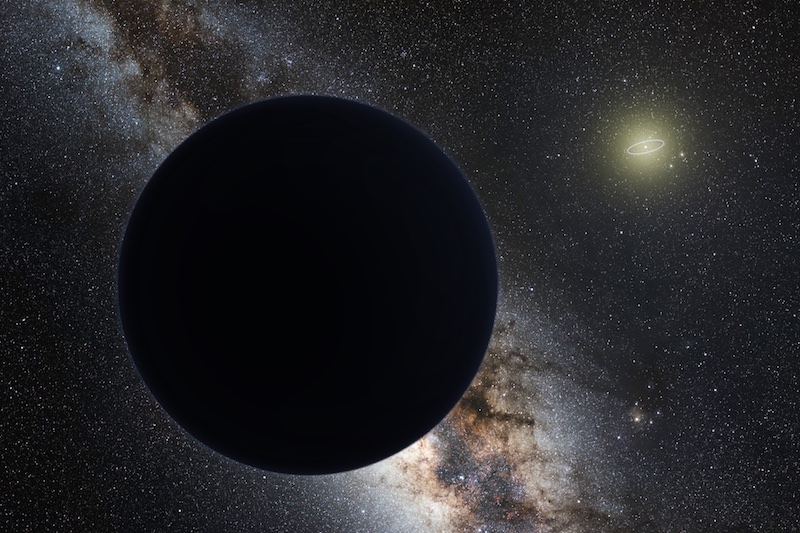As students advance to higher and higher physics courses, they eventually learn that the simple Newtonian dynamics they learned about in early classes aren’t completely accurate models for understanding the universe. If things get too big or fast, they fall into the realm of relativity, or if they get too small, they get caught up in quantum mechanics. However, simple Newtonian dynamics does the trick for things ranging from how a baseball flies to how planets orbit the Sun.
Continue reading “Could Modified Gravity Be the Answer to Planet 9?”If Planet 9 has Moons, Would That Help Us Find It?

Planet 9 continues to remain elusive. This potential super-Earth-sized object in the outer Solar System is only hypothetical, as something out there appears to be gravitationally influencing several Kuiper Belt Objects into unusual orbits. Whatever or wherever it may be, Planet 9 has yet to be found, despite several different hypotheses and numerous observational searches.
But what if Planet 9 has moons? Could they help us find it? A new paper speculates that any moons orbiting the theoretical planet could provide indirect clues to the location of Planet 9, while revealing some basic properties of this mysterious object.
Continue reading “If Planet 9 has Moons, Would That Help Us Find It?”Flying to (Hypothetical) Planet 9: Why visit it, how could we get there, and would it surprise us like Pluto?
In a recent study submitted to Earth and Planetary Astrophysics, an international team of researchers discuss the various mission design options for reaching a hypothetical Planet 9, also known as “Planet X”, which state-of-the-art models currently estimate to possess a semi-major axis of approximately 400 astronomical units (AU). The researchers postulate that sending a spacecraft to Planet 9 could pose scientific benefits much like when NASA’s New Horizons spacecraft visited Pluto in 2015. But does Planet 9 actually exist?
Continue reading “Flying to (Hypothetical) Planet 9: Why visit it, how could we get there, and would it surprise us like Pluto?”Planet 9 is Running out of Places to Hide
We have a pretty good idea of what lurks within our solar system. We know there isn’t a Mars-sized planet orbiting between Jupiter and Saturn, nor a brown dwarf nemesis heading our way. Anything large and fairly close to the Sun would be easily spotted. But we can’t rule out a smaller, more distant world, such as the hypothetical Planet 9 (or Planet 10 if you want to throw down over Pluto). The odds against such a planet existing are fairly high, and a recent study finds it even less likely.
Continue reading “Planet 9 is Running out of Places to Hide”A 6-Year Search of the Outer Solar System Turns up 461 new Objects (but no Planet 9)
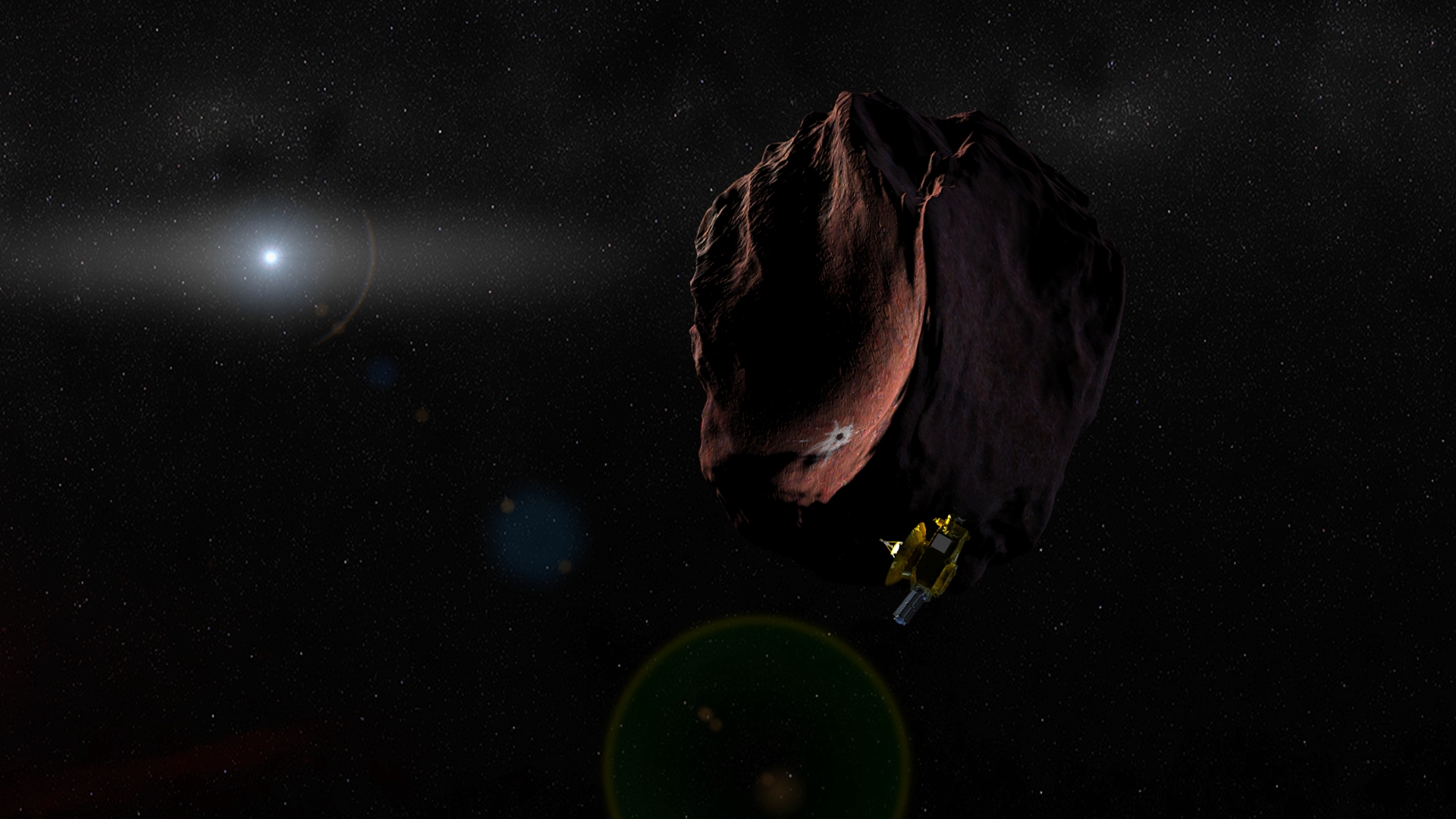
In the near future, astronomers will benefit from the presence of next-generation telescopes like the James Webb Space Telescope (JWST) and the Nancy Grace Roman Space Telescope (RST). At the same time, improved data mining and machine learning techniques will also allow astronomers to get more out of existing instruments. In the process, they hope to finally answer some of the most burning questions about the cosmos.
For instance, the Dark Energy Survey (DES ), an international, collaborative effort to map the cosmos, recently released the results of their six-year survey of the outer Solar System. In addition to gathering data on hundreds of known objects, this survey revealed 461 previously undetected objects. The results of this study could have significant implications for our understanding of the Solar System’s formation and evolution.
Continue reading “A 6-Year Search of the Outer Solar System Turns up 461 new Objects (but no Planet 9)”If Planet 9 is a Primordial Black Hole, We Might Be Able to See Flares When it Consumes Comets

A comet-eating black hole the size of a planet? It’s possible. And if there’s one out there in the distant Solar System, a pair of researchers think they know how to find it.
If they do, we might finally put the Planet 9 issue to rest.
Continue reading “If Planet 9 is a Primordial Black Hole, We Might Be Able to See Flares When it Consumes Comets”Maybe the Elusive Planet 9 Doesn’t Exist After All
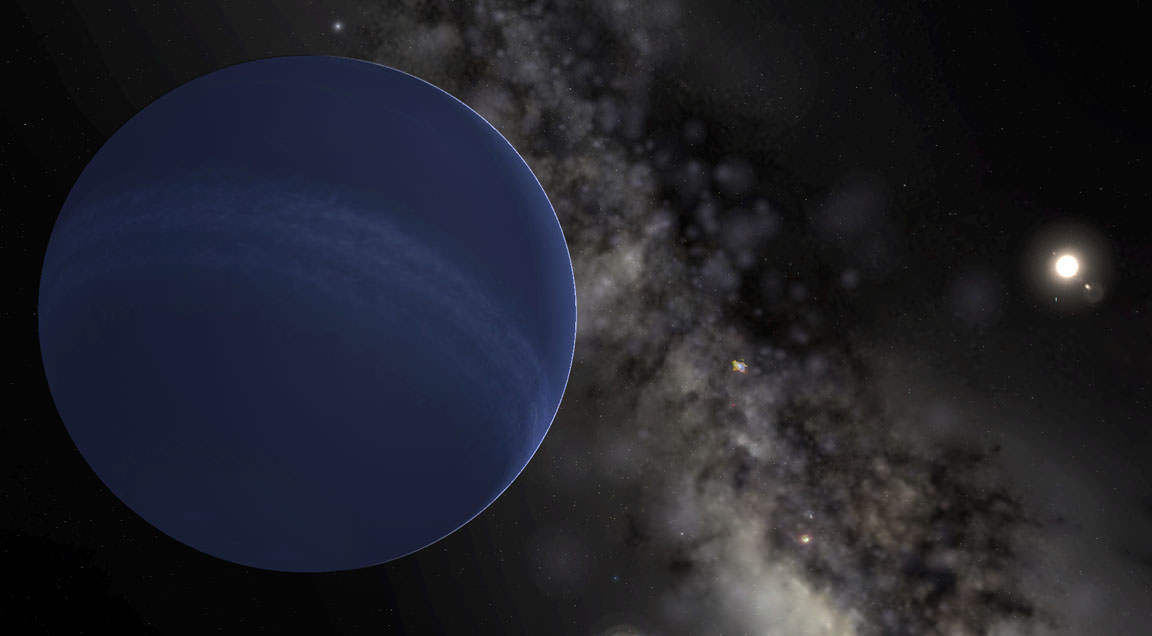
Oh Planet Nine, when will you stop toying with us?
Whether you call it Planet Nine, Planet X, the Perturber, Jehoshaphat, “Phattie,” or any of the other proposed names—either serious or flippant—this scientific back and forth over its existence is getting exhausting.
Is this what it was like when they were arguing whether Earth is flat or round?
Continue reading “Maybe the Elusive Planet 9 Doesn’t Exist After All”More Evidence that Planet 9 is Really Out There
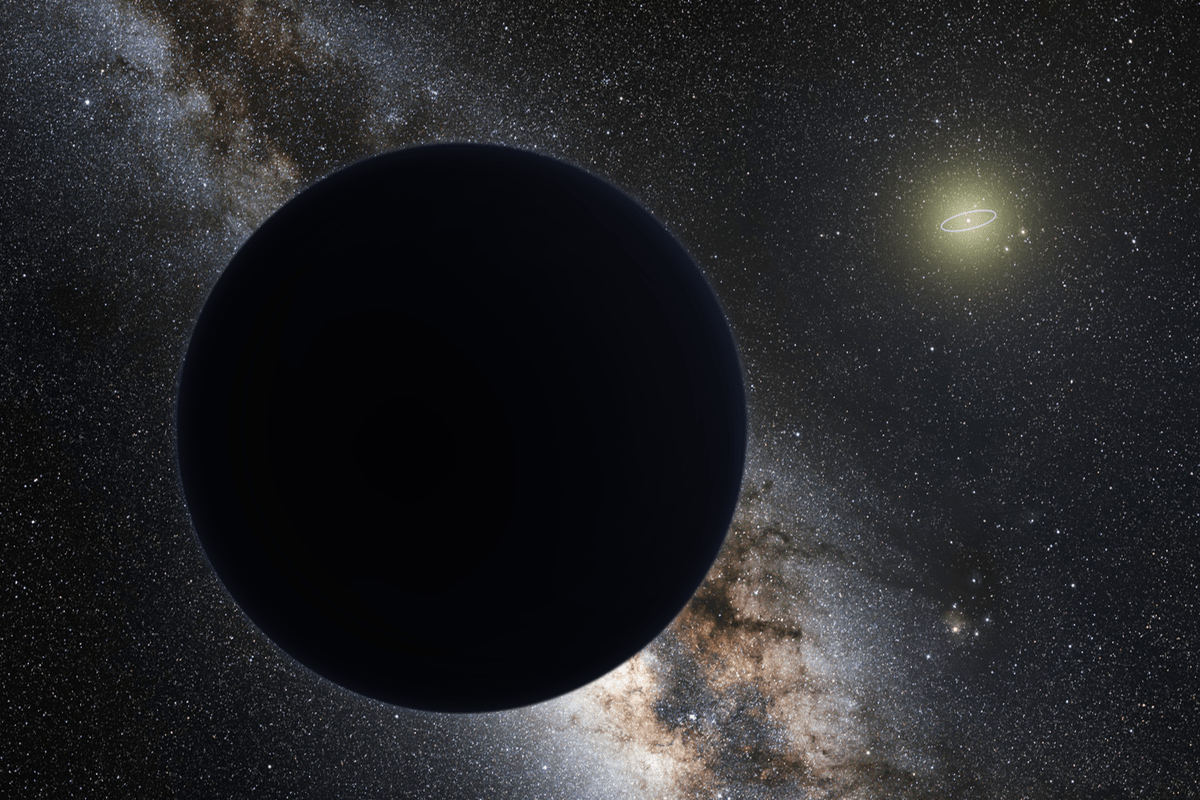
What’s going on in the distant reaches of our Solar System? Is there a Planet 9 out there?
Out in the frigid expanse of our System, there are bodies on orbital paths that don’t make sense in terms of our eight-planet Solar System. There seems to be an undiscovered body out there, several times more massive than Earth, shaping the orbits of some Kuiper Belt Objects (KBOs), and driving astronomers to look deeper and more thoroughly into the extreme reaches of our System.
What they’re looking for is the mysterious, and so far unproven, ninth planet.
Continue reading “More Evidence that Planet 9 is Really Out There”The Record for the Most Distant Object in the Solar System has been Shattered. Introducing FarFarOut at 140 Astronomical Units
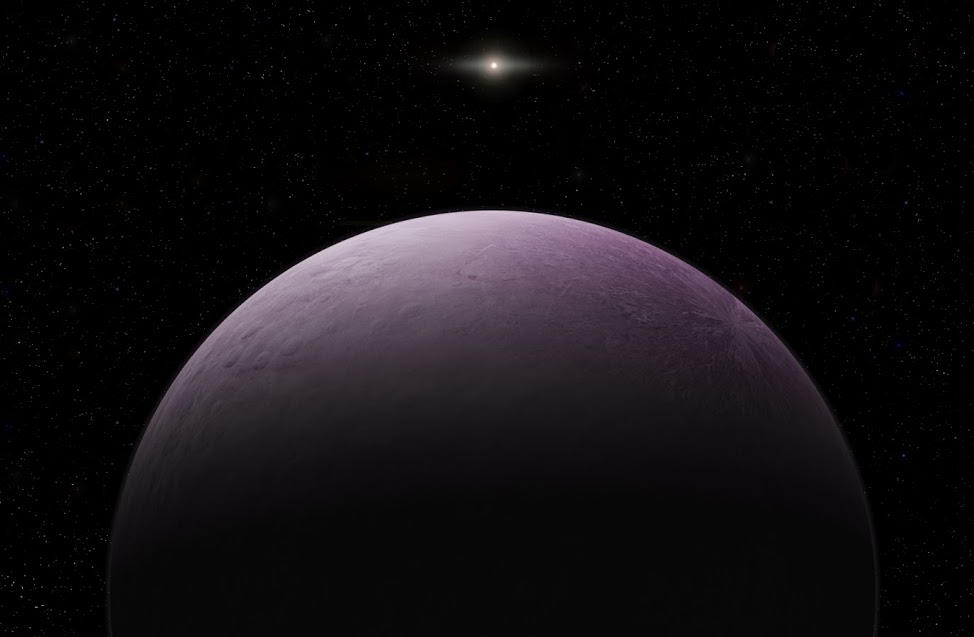
Remember Far Out, the distant planet at the far reaches of the Solar System, that was discovered in December, 2018? Well, it has been kicked unceremoniously off its pedestal as the most distant object after a short, two-month reign. In its place is the very newly-discovered FarFarOut (FFO.)
And if it weren’t for a heavy snowfall, things might have turned out differently.
Continue reading “The Record for the Most Distant Object in the Solar System has been Shattered. Introducing FarFarOut at 140 Astronomical Units”A Disc of Icy Material, not Planet 9, Might Explain the Strange Movements in the Outer Solar System
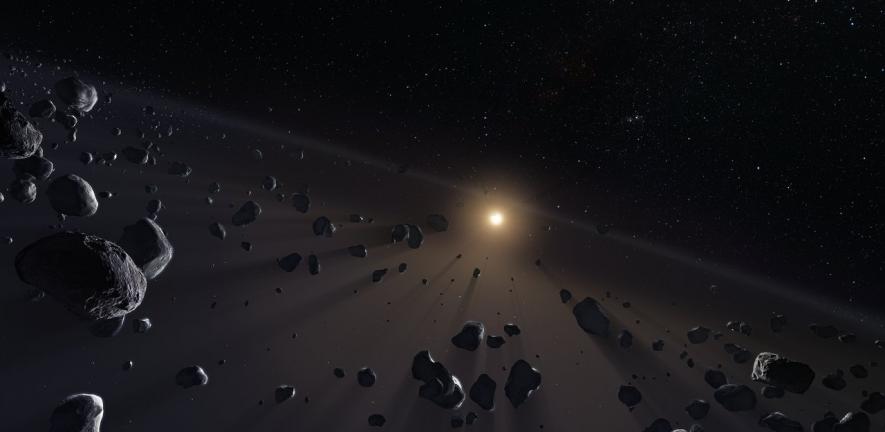
Is there or isn’t there a Planet 9? Is there a planet way out on the outskirts of our Solar System, with sufficient mass to explain the movements of distant objects? Or is a disc of icy material responsible? There’s no direct evidence yet of an actual Planet 9, but something with sufficient mass is affecting the orbits of distant Solar System objects.
A new study suggests that a disc of icy material causes the strange movements of outer Solar System objects, and that we don’t need to invent another planet to explain those movements. The study comes from
Professor Jihad Touma, from the American University of Beirut, and
Antranik Sefilian, a PhD student in Cambridge’s Department of Applied Mathematics and Theoretical Physics. Their results are published in the Astronomical Journal.

